Choosing between Sardinia and Tuscany for your Italian getaway can be tough. These two gems offer very different experiences, each with its special charm. Sardinia boasts some of the world’s most stunning beaches, with crystal-clear waters and pink sand shores.
Conversely, Tuscany is known for its rolling hills, vineyards, and Renaissance art. Both regions have unique culinary traditions, rich history, and breathtaking landscapes that will make your trip unforgettable.
While Tuscany draws visitors with its famous cities like Florence and Siena, Sardinia appeals to those seeking a more laid-back Mediterranean vibe. Tuscany’s inland beauty contrasts with Sardinia’s rugged coastline and turquoise seas.
Medieval towns and world-class museums surround Tuscany. Sardinia offers ancient stone structures called nuraghi and the chance to explore its wild, unspoiled nature.
Getting to these spots is part of the adventure. Sardinia is best reached by plane or ferry, while Tuscany is easily accessible by train or car from other parts of Italy. No matter which you pick, you’re in for a treat of Italian hospitality, amazing food, and views that will stay with you long after you return home.
Key Takeaways
- Sardinia offers stunning beaches and a laid-back Mediterranean atmosphere
- Tuscany is known for its Renaissance art, rolling hills, and historic cities
- Both regions boast unique culinary traditions and rich cultural experiences
Geographic and Cultural Context
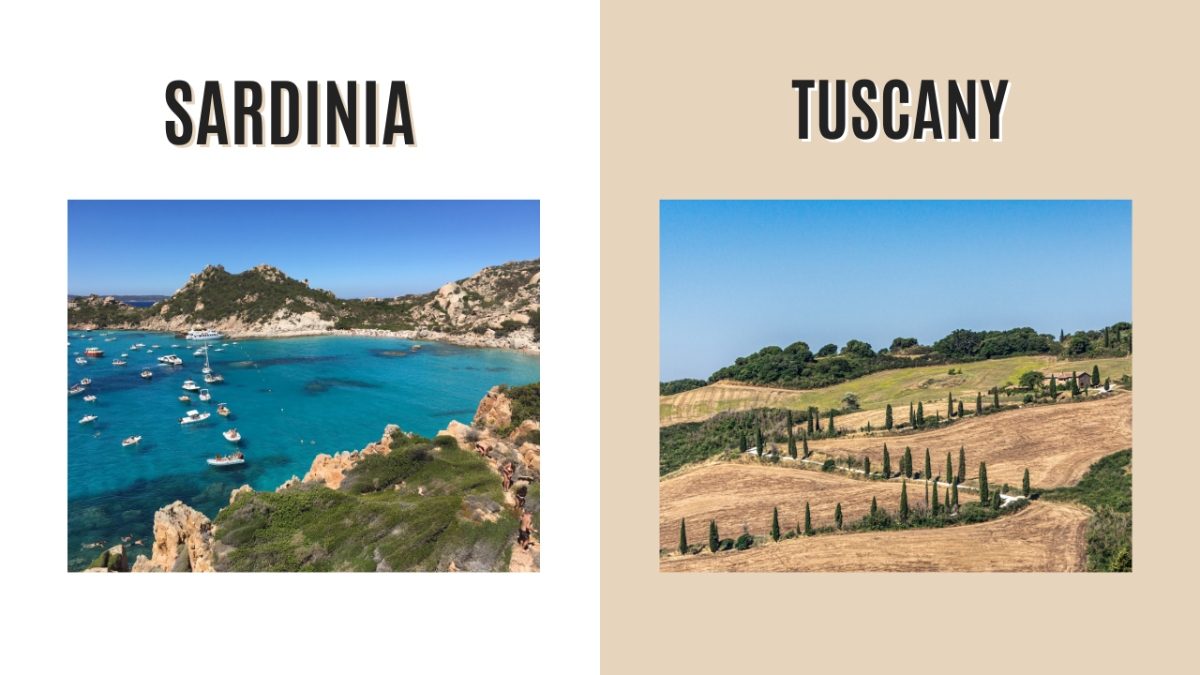
Sardinia and Tuscany offer contrasting yet equally captivating landscapes and cultural experiences. From Mediterranean island life to rolling Tuscan hills, these regions showcase Italy’s diverse beauty and heritage.
Island of Sardinia
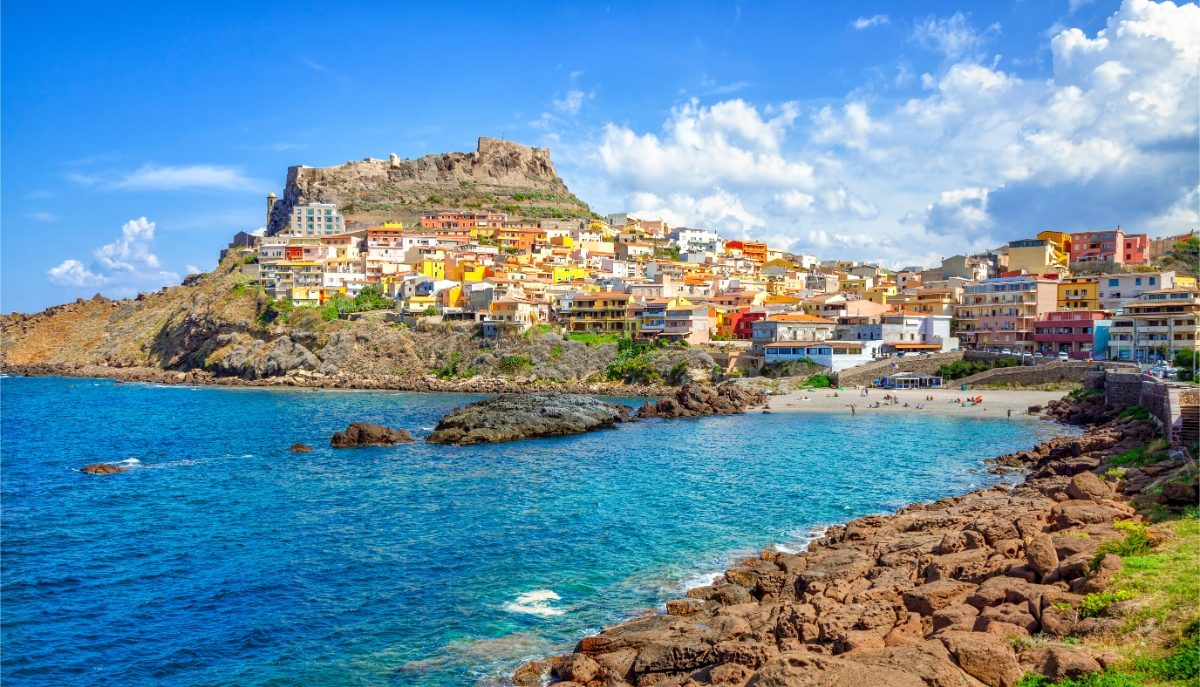
Sardinia is the second-largest island in the Mediterranean Sea, with over 1,800 kilometers of stunning coastline. Its rugged interior features mountains, forests, and ancient stone structures called nuraghi. The island’s unique position has shaped its distinct culture and language.
Sardinian beaches are world-renowned. Costa Smeralda in the north boasts turquoise waters and white sand. The western coast has dramatic cliffs and secluded coves. Inland, you’ll find charming hill towns and archaeological sites.
The island’s cuisine is a treat. Try culurgiones (stuffed pasta) or suckling pig.
Don’t miss pecorino sardo cheese or Cannonau wine. Meals cost €15-40 per person.
Tuscany’s Rolling Hills
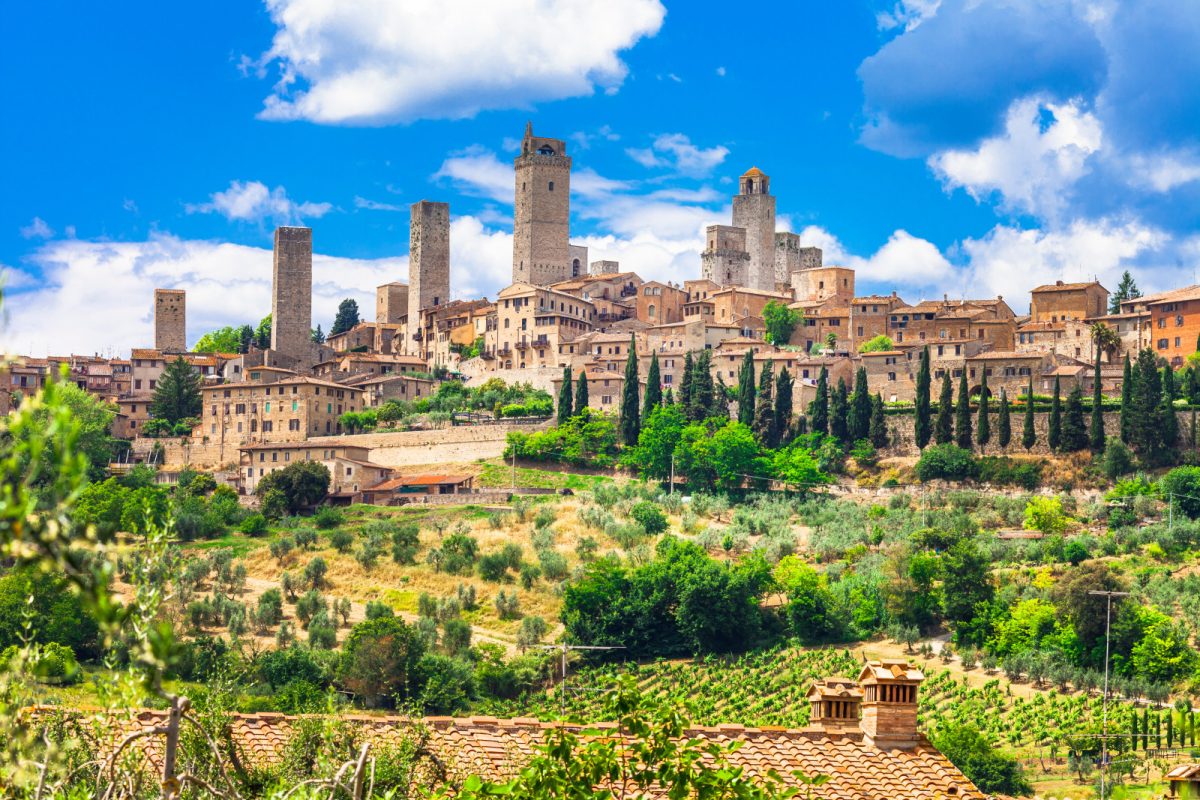
Tuscany’s landscape is a patchwork of vineyards, olive groves, and cypress-lined roads. The Val d’Orcia, a UNESCO World Heritage site, epitomizes this iconic scenery. Medieval hilltop towns like San Gimignano and Volterra dot the countryside.
Florence, the region’s capital, is an open-air Renaissance art and architecture museum. The Uffizi Gallery houses masterpieces by Botticelli and da Vinci. Entry costs about €20.
Tuscan cuisine is simple yet delicious. Savor ribollita soup, bistecca alla fiorentina, or pici pasta.
Pair your meal with a glass of Chianti Classico. Expect to pay €25-50 for dinner in most restaurants.
Influence of the Mediterranean
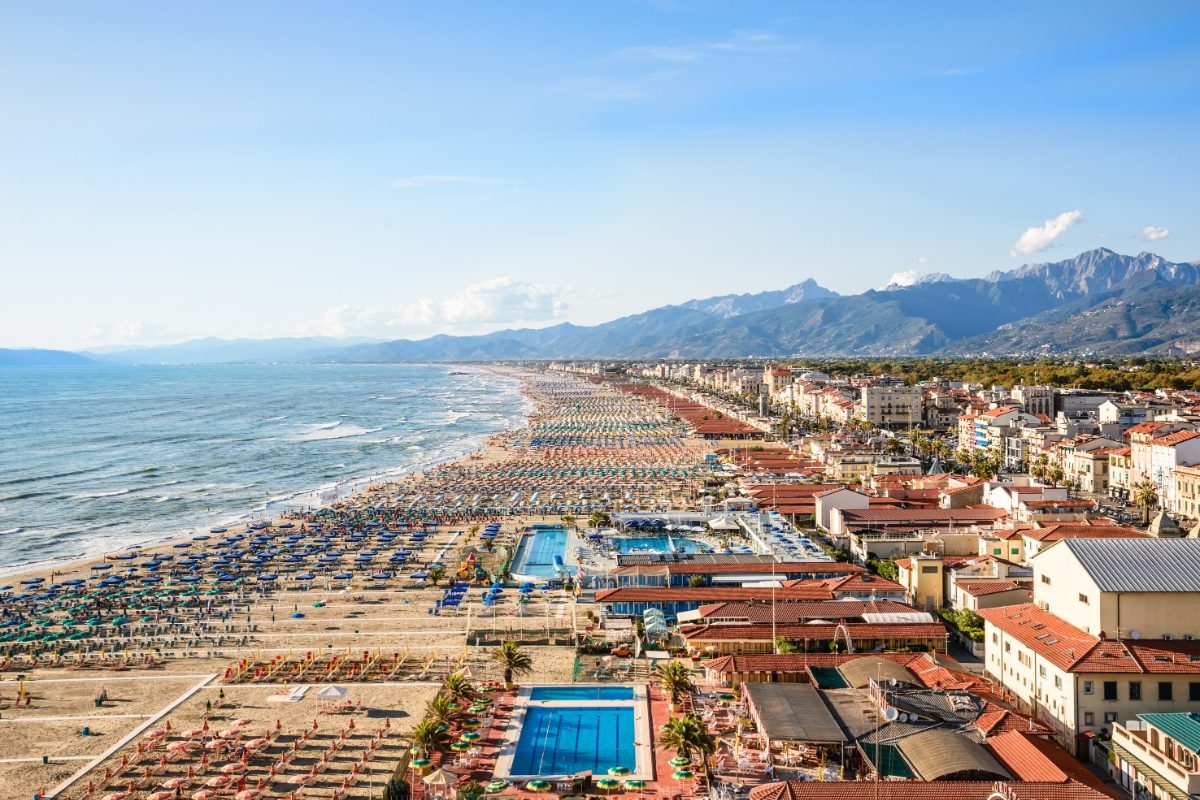
The Mediterranean shapes both regions’ cultures and lifestyles. Sardinia’s beaches and coastal towns come alive in summer. Beach clubs charge €15-30 for loungers and umbrellas.
While less famous than its interior, Tuscany’s coast offers lovely seaside towns like Viareggio. The Maremma area combines beaches with Etruscan ruins and nature reserves.
Both regions enjoy a Mediterranean climate with hot summers and mild winters. Spring and fall are ideal for sightseeing, with fewer crowds and pleasant weather. Pack light clothes and sunscreen for summer visits.
Local festivals showcase each region’s traditions. Sardinia’s Cavalcata Sarda in May features colorful parades and horse races. Tuscany’s Palio di Siena in July and August is a thrilling bareback horse race around Siena’s main square.
Historical Significance
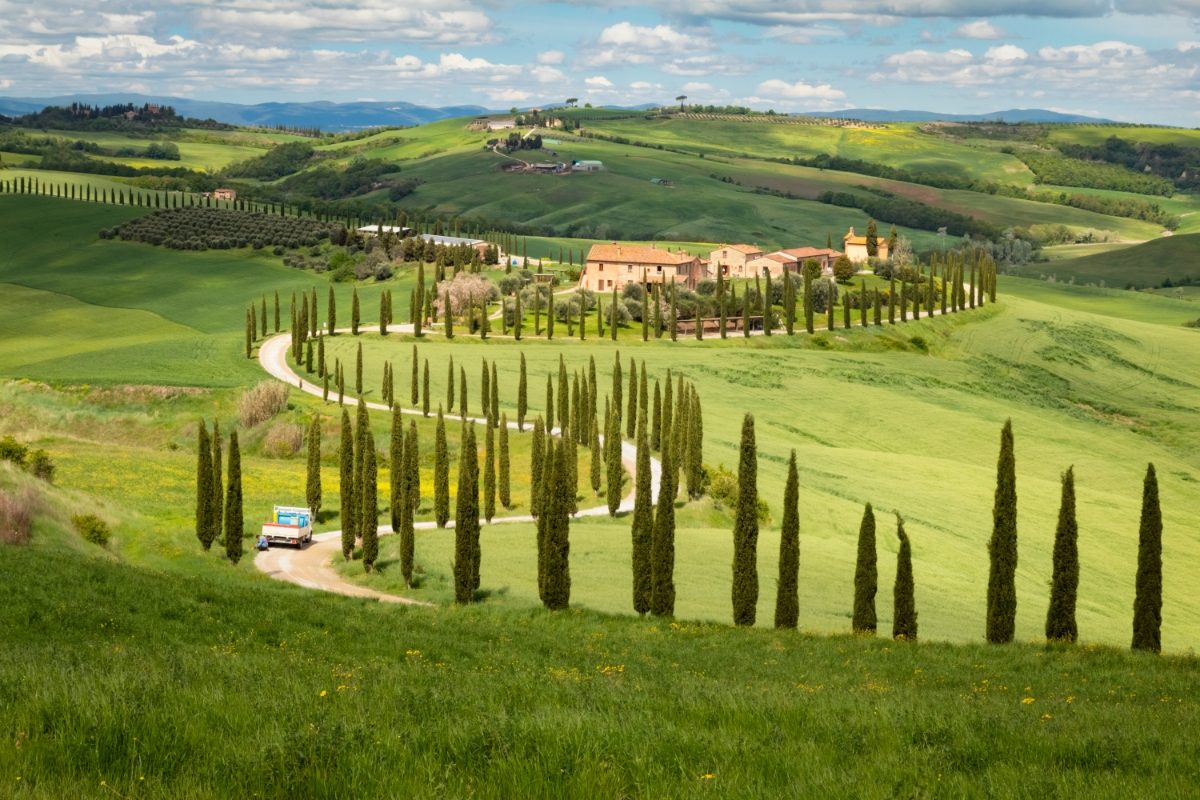
Sardinia and Tuscany boast rich histories that have shaped their unique identities. Ancient civilizations and Renaissance glory have left lasting marks on these Italian regions.
Sardinia’s Ancient Roots
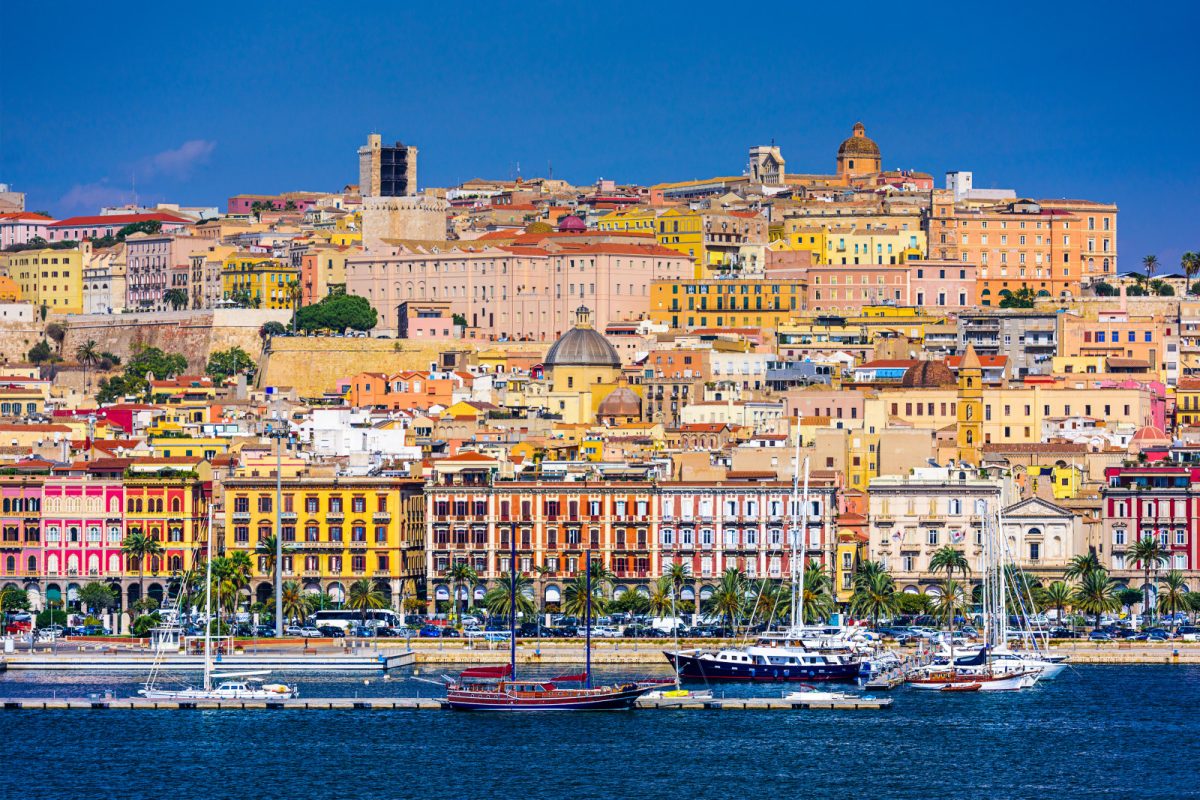
Sardinia’s past stretches back thousands of years. The island’s most famous ancient inhabitants were the Nuragic people.
Between 1800 and 500 BC, they built over 7,000 stone towers called nuraghi, which still dot the landscape today.
The Phoenicians arrived around 1000 BC, setting up coastal trading posts. Later came the Romans, who ruled for 700 years. They left behind ruins like the theater in Cagliari.
In medieval times, Sardinia was split into four kingdoms called “giudicati.” The island later came under Spanish control. It finally joined Italy in 1861.
Tuscany and the Renaissance
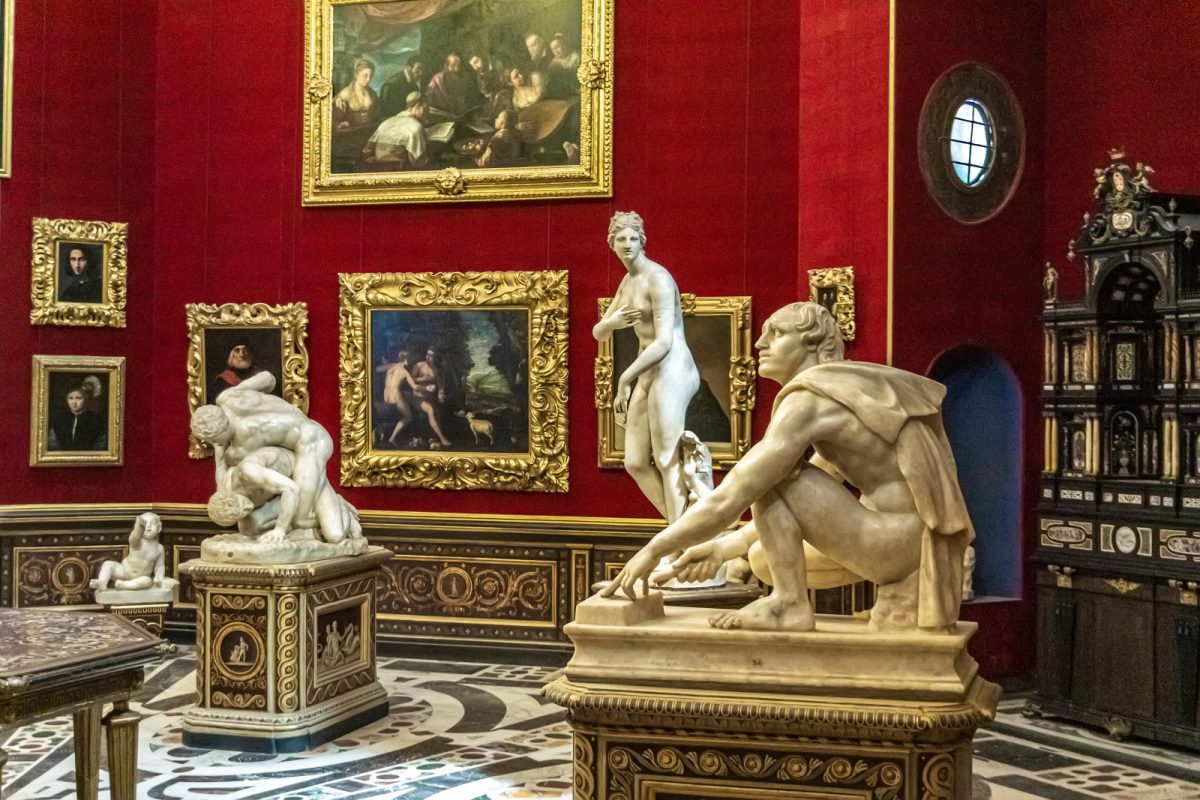
Tuscany played a huge role in the Renaissance. Florence was the movement’s birthplace in the 14th century. The wealthy Medici family bankrolled many great artists and thinkers.
Michelangelo, Leonardo da Vinci, and Botticelli all worked in Florence. Their masterpieces still draw millions of visitors each year. The Uffizi Gallery (€20/$22) houses countless Renaissance treasures.
Tuscany’s golden age wasn’t just about art. The region saw advances in science, literature, and politics, too. Galileo did groundbreaking work in Pisa, and Machiavelli wrote his famous book “The Prince” in Florence.
See Related: Two Weeks in Italy Itinerary: The Perfect Family Adventure
Natural Wonders and Landscapes
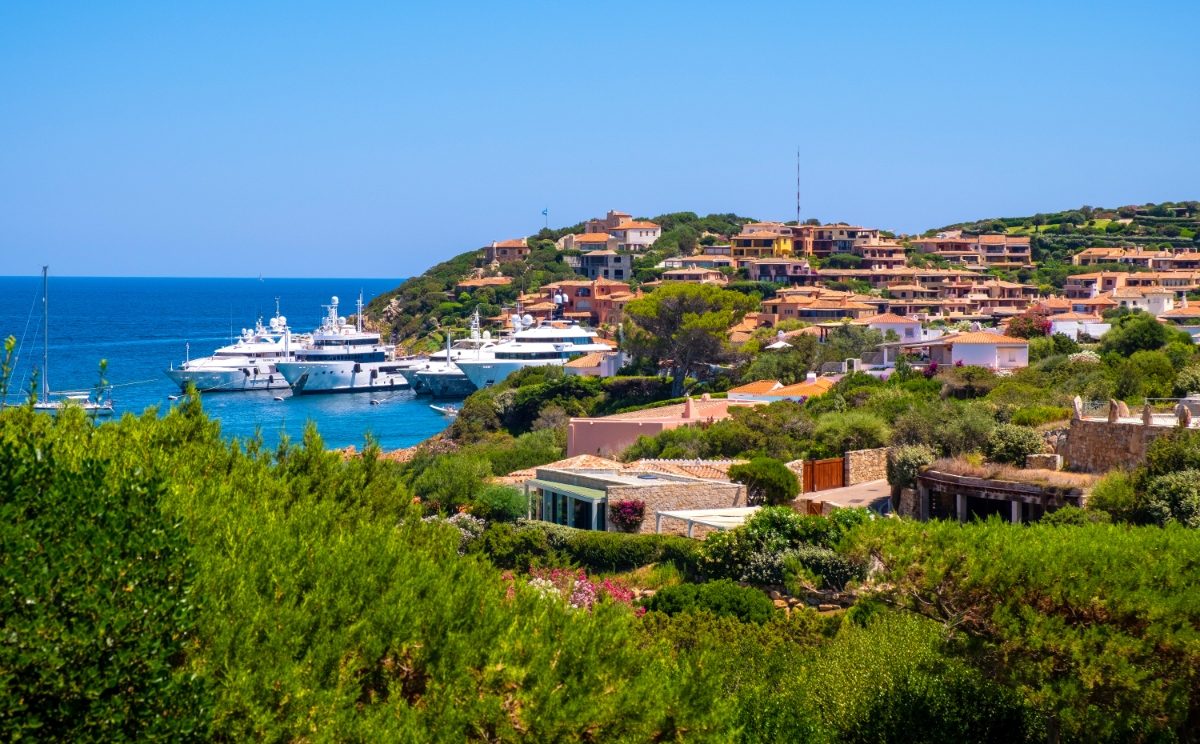
Sardinia and Tuscany both boast stunning natural beauty that captivates visitors. From pristine beaches to rolling hills, these regions showcase Italy’s diverse landscapes in their unique ways.
Costa Smeralda’s Turquoise Waters
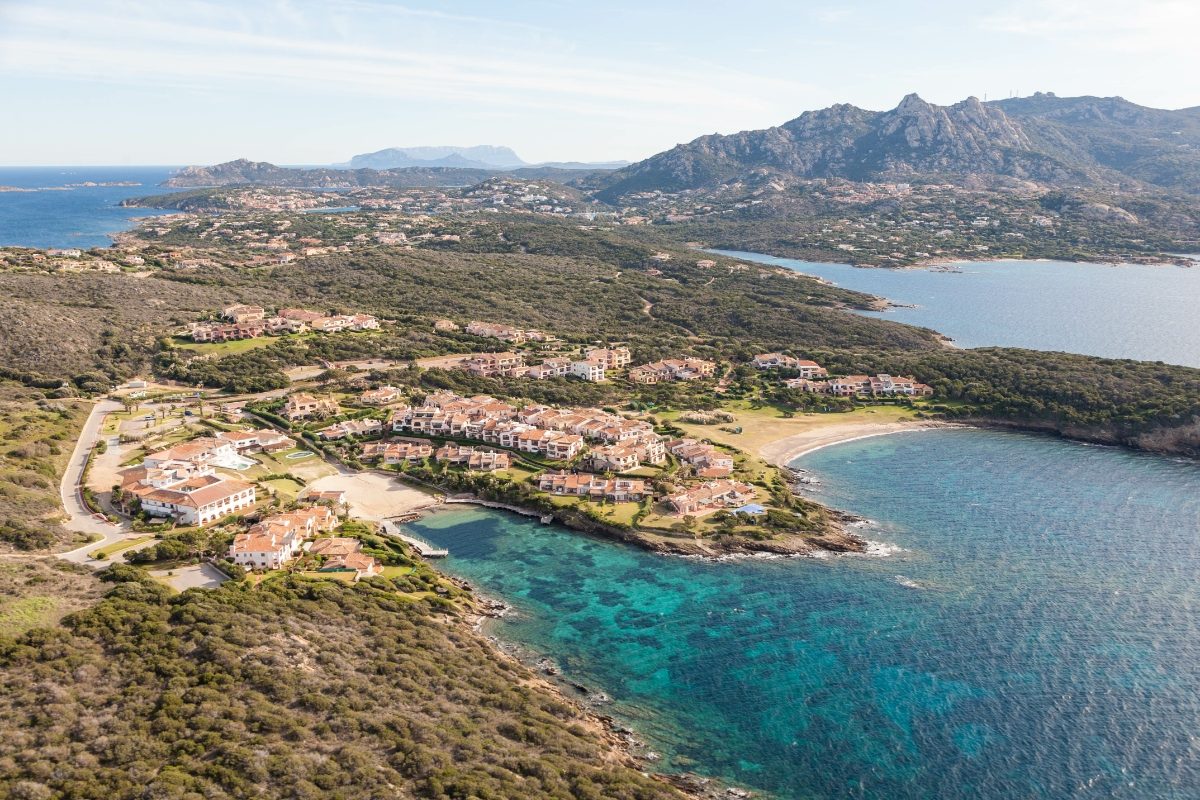
Costa Smeralda is Sardinia’s crown jewel. This stretch of coastline dazzles with its impossibly clear turquoise waters and white sandy beaches. Visitors can’t help but gasp when they first see the vibrant colors.
The area’s granite rocks create hidden coves perfect for swimming and snorkeling. Porto Cervo, the main town, offers luxury and natural beauty. Yacht-spotting is a popular pastime here.
For the best views, take a boat tour around the Maddalena Archipelago. The uninhabited islands are a protected national park with secluded beaches and crystal-clear waters. Prices start around €50 per person.
Tuscan Countryside and Vineyards
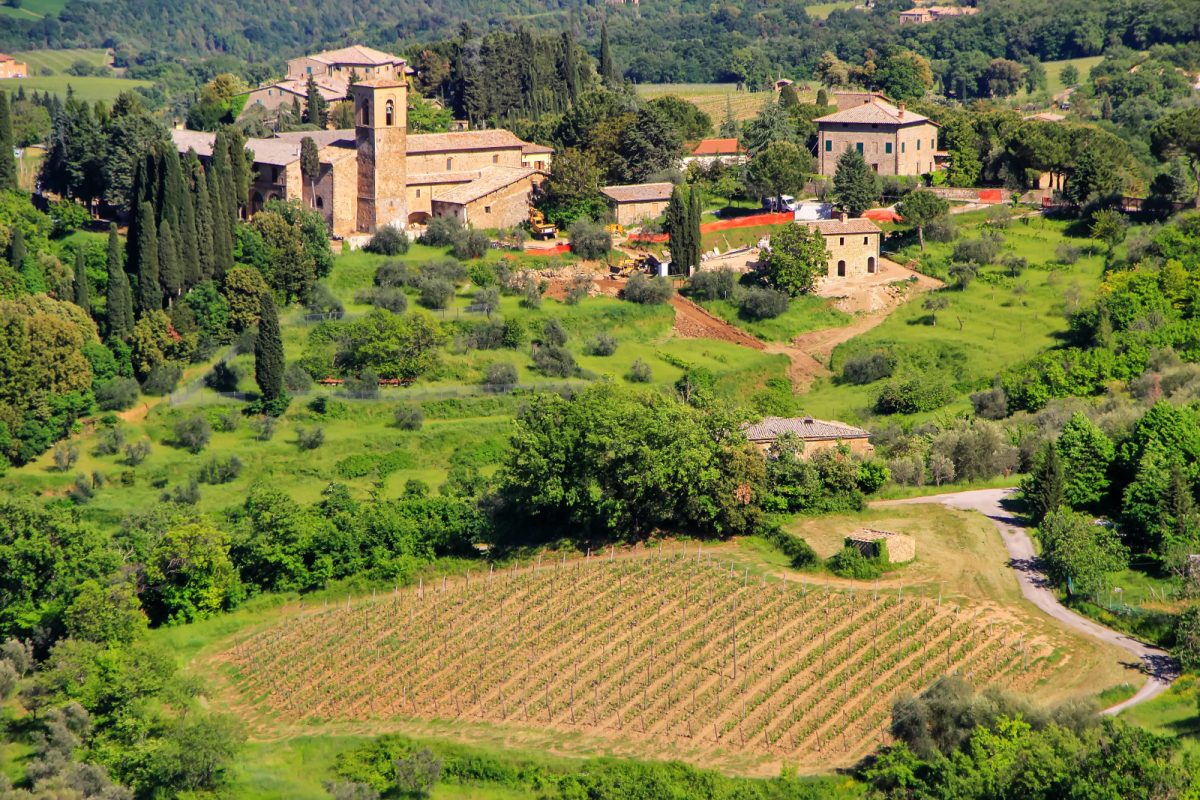
Tuscany’s rolling hills are iconic, covered in vineyards and olive groves. The Val d’Orcia region is particularly picturesque, with its cypress-lined roads and medieval hilltop towns.
Visitors can explore the countryside by car, bike, or on foot. The best time to visit is spring or fall when the weather is mild, and the colors are vibrant. Many wineries offer tours and tastings, with prices ranging from €15-50.
For a unique experience, try truffle hunting in San Miniato. Guides and trained dogs lead guests through the woods, searching for these prized delicacies. Tours typically cost €60-100 per person.
Don’t miss the hot springs in Saturnia. These natural thermal baths are free to visit and offer a relaxing soak with stunning views of the Tuscan landscape.
Food and Gastronomy
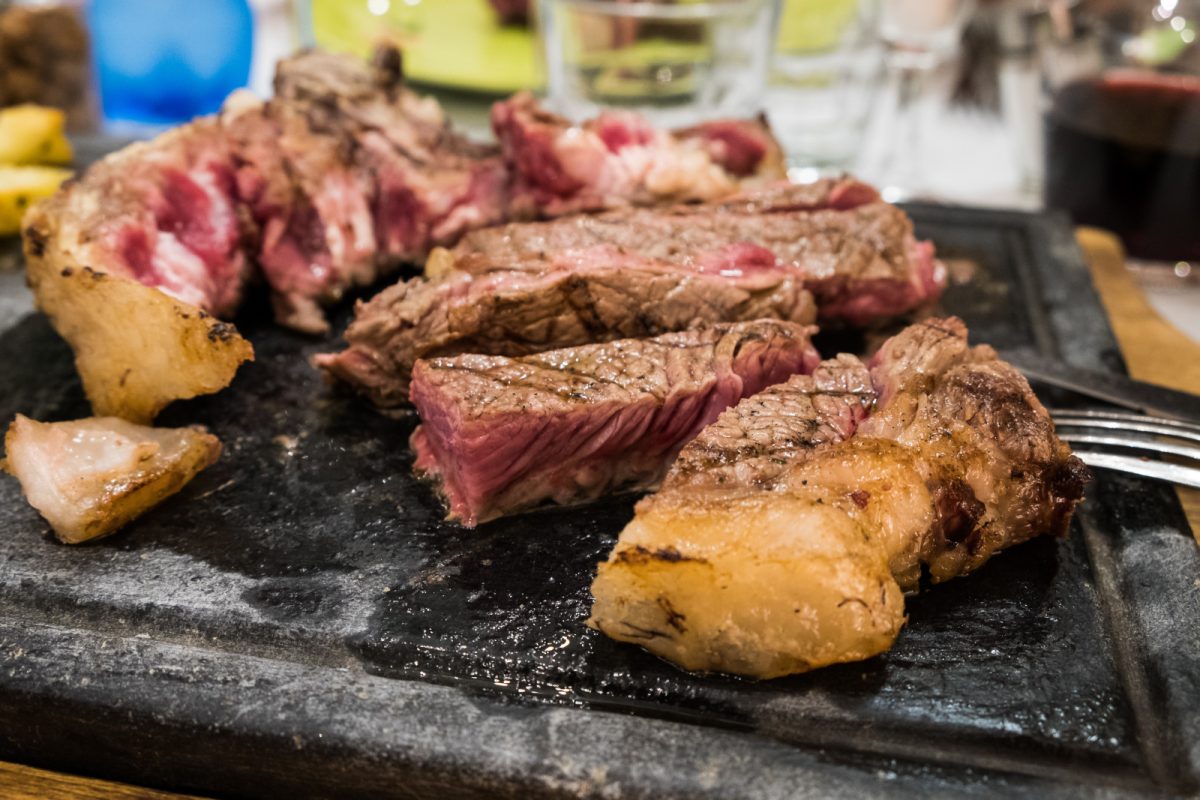
Sardinia and Tuscany offer culinary adventures that tantalize the taste buds. Each region boasts unique flavors and traditional dishes that reflect their rich histories and local ingredients.
Sardinian Culinary Delights

Sardinian cuisine is a treat for food lovers. The island’s signature pasta, culurgiones, is stuffed dumplings with a potato and cheese filling.
They’re often served with a simple tomato sauce, olive oil, and pecorino cheese. Speaking of cheese, Sardinia’s pecorino is world-famous. Made from sheep’s milk, it ranges from soft and creamy to hard and aged.
Seafood plays a big role in Sardinian cooking. Fresh catches like sea bass, octopus, and lobster are common.
For meat lovers, suckling pig (porceddu) is a must-try. It’s slow-roasted for hours until the skin is crispy and the meat tender.
Don’t forget to try pane carasau, a crispy flatbread that’s been a staple for centuries. It’s perfect for snacking or as a side to hearty stews.
Tuscan Cuisine and Truffles
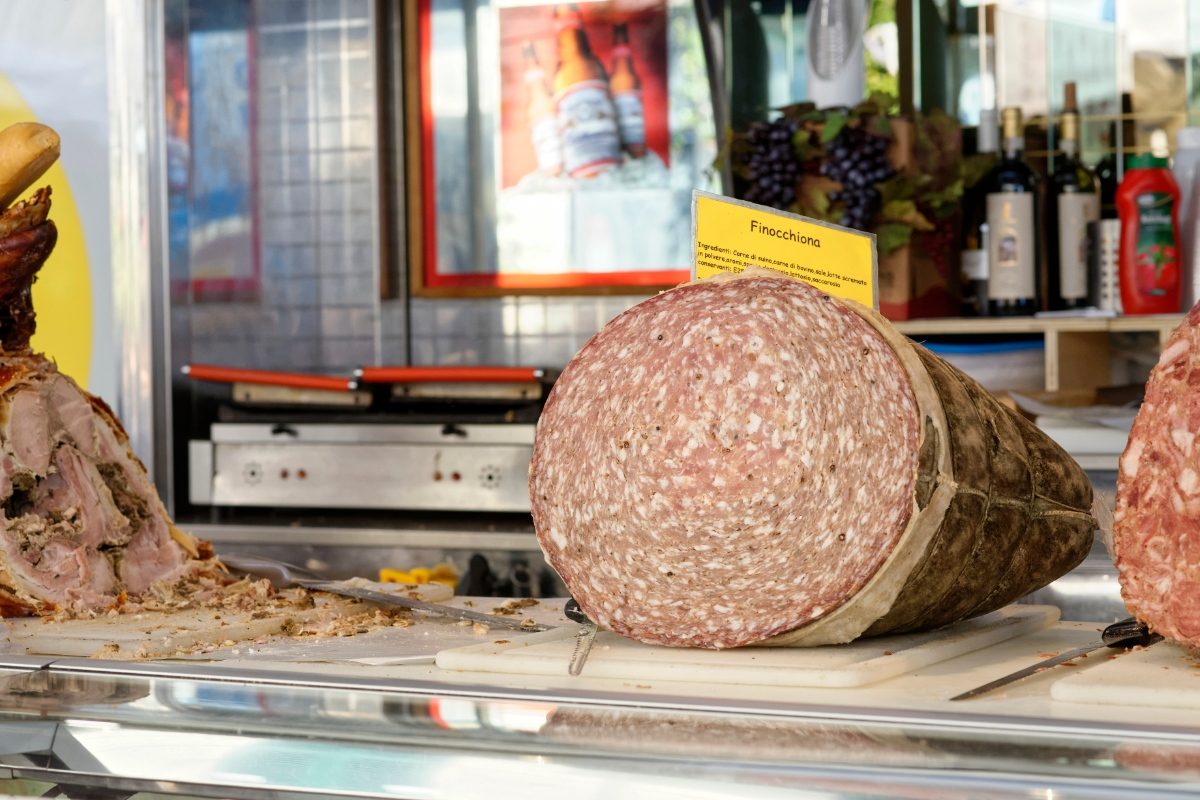
Tuscan food is all about simplicity and high-quality ingredients. Ribollita, a hearty vegetable soup, is a local favorite.
It’s made with leftover bread, beans, and seasonal veggies. Another classic is bistecca alla fiorentina, a thick T-bone steak grilled to perfection.
Truffles are Tuscany’s culinary gold. These prized fungi add earthy flavor to pasta, risotto, and eggs. White truffles are the most expensive, costing up to €3,000 per kilo, but black truffles are more common and affordable.
Tuscany is also known for its cured meats. Try some finocchiona, a fennel-flavored salami, or lardo di Colonnata, cured pork fat that melts in your mouth. Pair these with a glass of Chianti wine for a true Tuscan experience.
Cities and Architecture
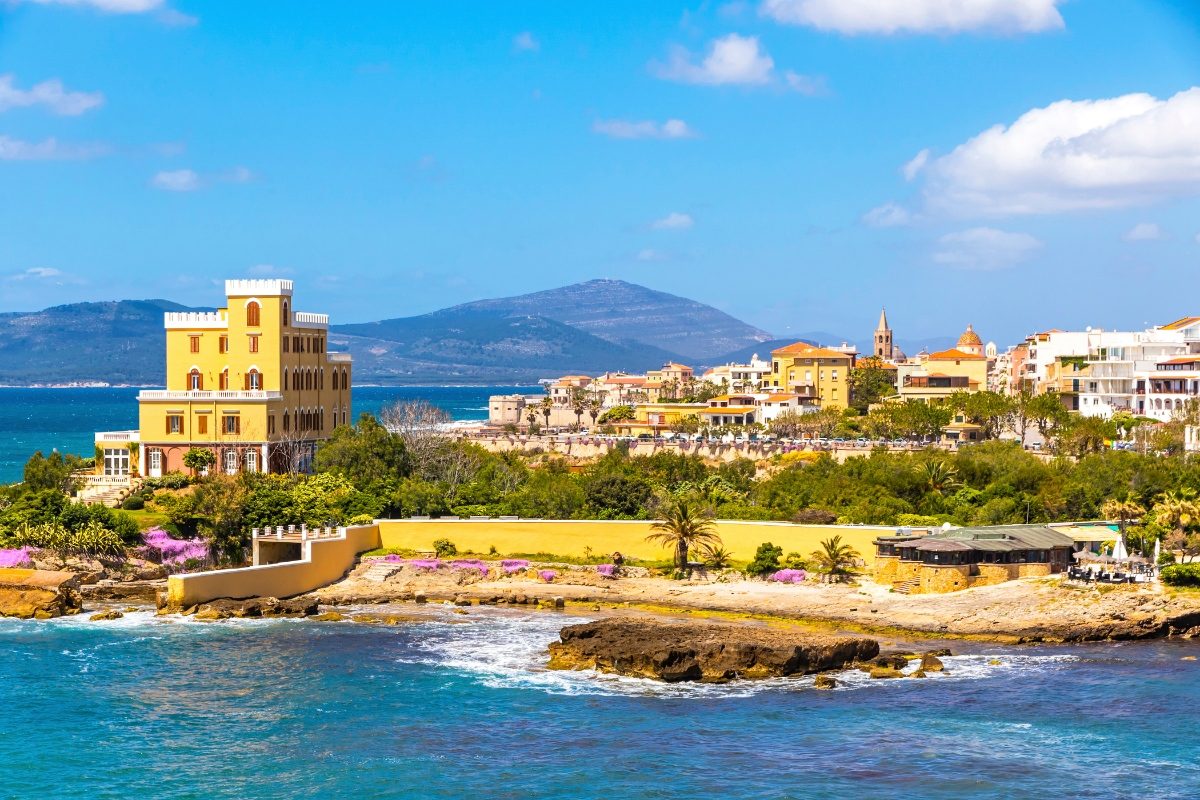
Sardinia and Tuscany boast stunning cities and architecture that reflect their rich histories. From ancient Roman ruins to medieval towers and Baroque palaces, these regions offer a feast for the eyes.
Cagliari and Alghero
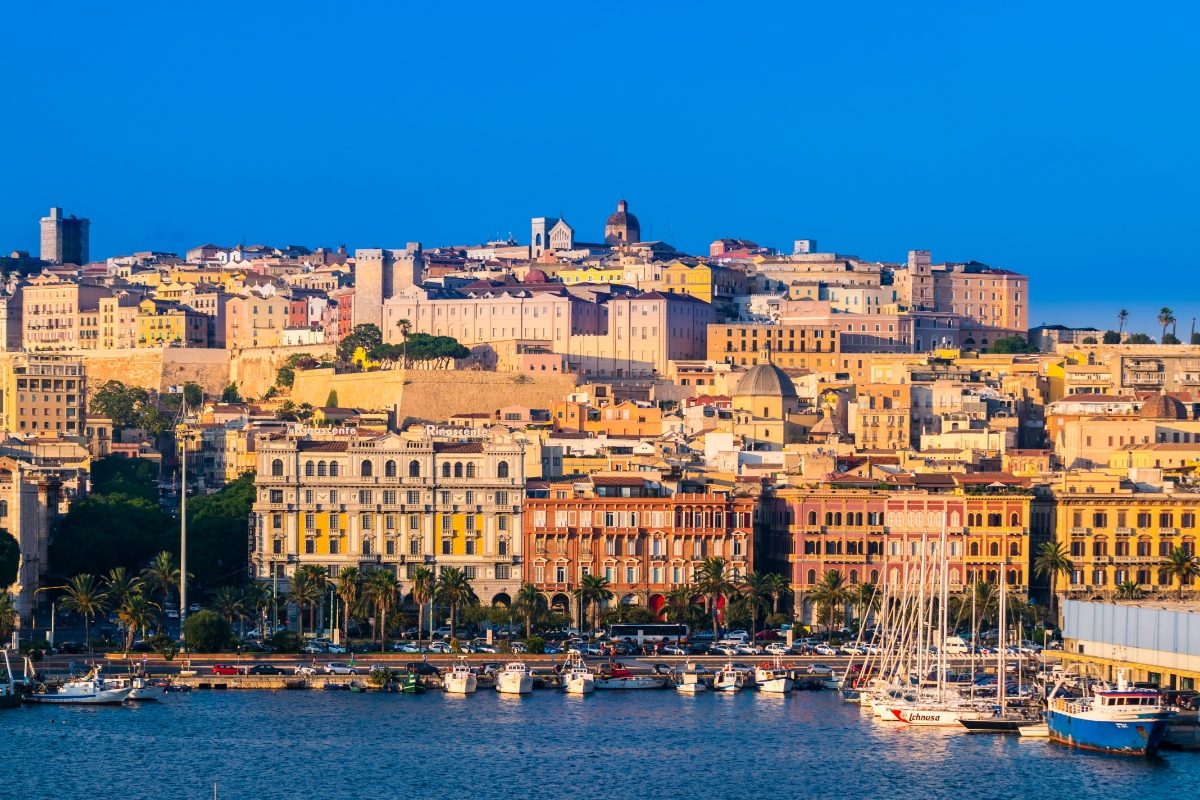
Cagliari, Sardinia’s capital, is a city of contrasts. Its hilltop Castello district features narrow medieval streets and impressive towers. The 13th-century Cathedral of Santa Maria stands proud, showcasing Pisan-Romanesque style.
Alghero, nicknamed “Little Barcelona,” charms visitors with Catalan Gothic buildings and sea walls. The town’s historic center is a maze of cobbled lanes lined with boutiques and cafes. Don’t miss the Chiesa di San Francesco, a 14th-century church with a beautiful cloister.
Both cities have Roman ruins, too. In Cagliari, check out the amphitheater carved into the rock. Alghero has the nearby Anghelu Ruju cemetery, with its fascinating “domus de janas” (fairy houses) tombs.
Florence and Siena
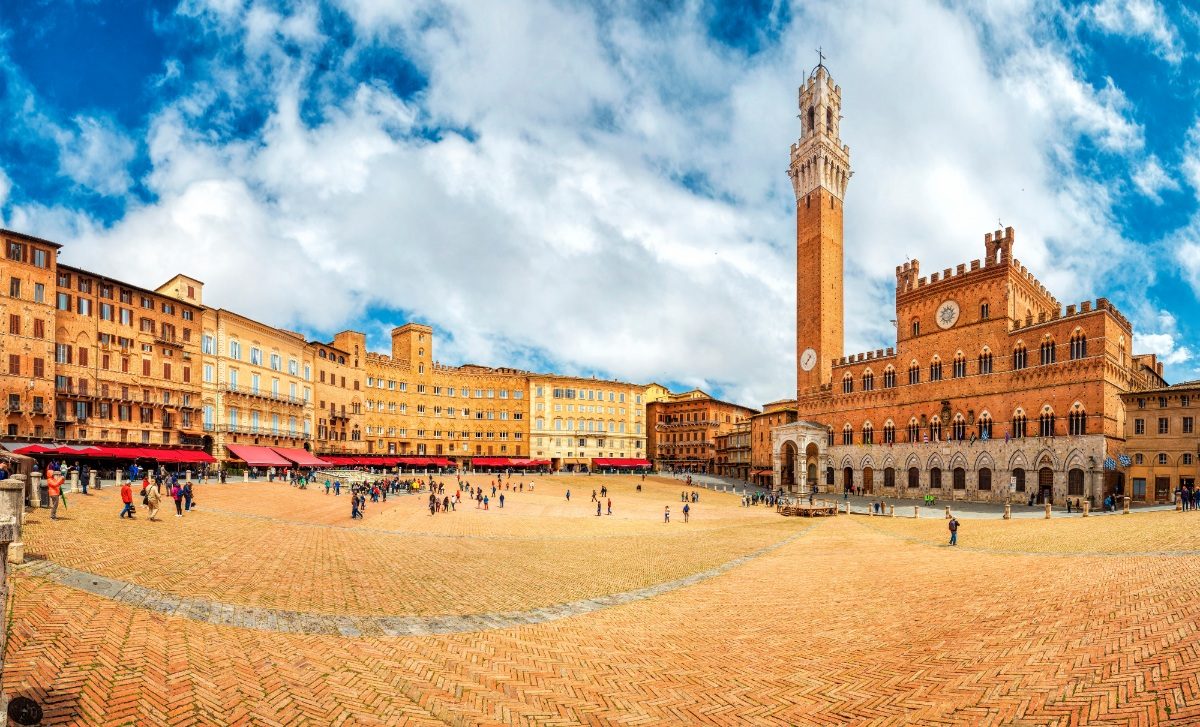
Florence, Tuscany’s crown jewel, is an open-air Renaissance art and architecture museum. The iconic Duomo with Brunelleschi’s dome dominates the skyline. Nearby, Giotto’s Bell Tower offers panoramic views for those willing to climb its 414 steps.
The Ponte Vecchio, Florence’s oldest bridge, is lined with jewelry shops. It’s a great spot for people-watching and souvenir hunting.
Siena captivates with its medieval charm and the unique shell-shaped Piazza del Campo. The black and white striped Duomo is a masterpiece of Italian Romanesque-Gothic architecture. Its interior is a treasure trove of art, including works by Donatello and Michelangelo.
Baroque Towns
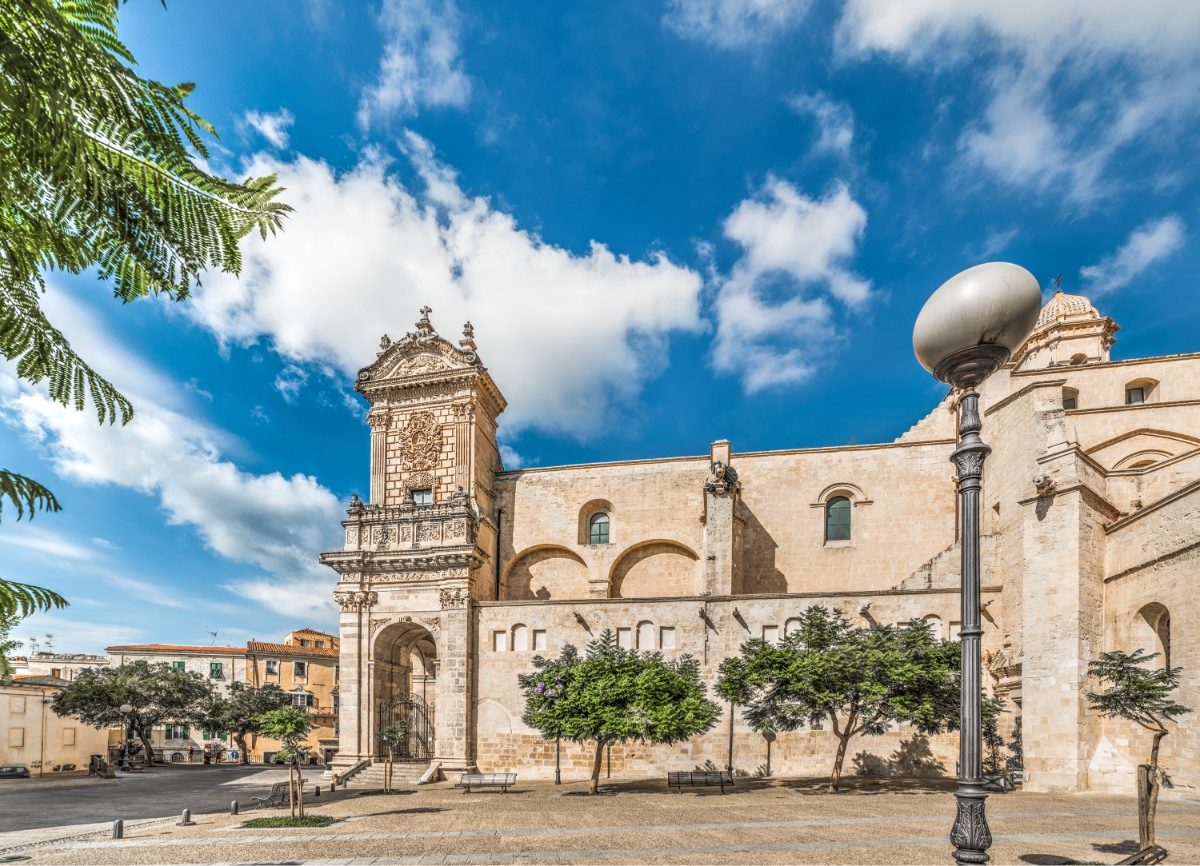
Tuscany shines when it comes to Baroque architecture. Lucca, encircled by Renaissance walls, boasts the elaborate San Michele in Foro church. Its facade is a stunning example of Pisan Romanesque style with Baroque elements.
The entire town center of Pienza is a UNESCO World Heritage site. The Piccolomini Palace showcases the transition from Gothic to Renaissance architecture.
Sardinia also has its share of Baroque gems. In Sassari, the Cathedral of San Nicola blends Romanesque, Gothic, and Baroque styles. The nearby Church of Santa Maria di Betlem features an ornate Baroque altar.
See Related: Italy’s Hidden Gems: Charming Towns You’ve Never Heard Of
Arts and Museums
Sardinia and Tuscany both offer rich cultural experiences but with distinct artistic legacies. Sardinia shines with its ancient Nuragic artifacts, while Tuscany dazzles visitors with Renaissance masterpieces.
Sardinia’s Nuragic Legacy

Sardinia’s museums showcase the island’s unique Nuragic civilization. The Museum of Art in Nuoro, known as MAN, is a must-visit. It houses an impressive collection of Sardinian art, including ancient bronzes and modern works.
For history buffs, the Museum of Prehistoric Statuary in Palazzo Aymerich is a hidden gem. It displays fascinating stone figures from thousands of years ago, offering a glimpse into Sardinia’s mysterious past.
Prices for museum entry typically range from €5-10. Summer can get busy, so visit in spring or fall for a quieter experience.
Tuscany’s Renaissance Art
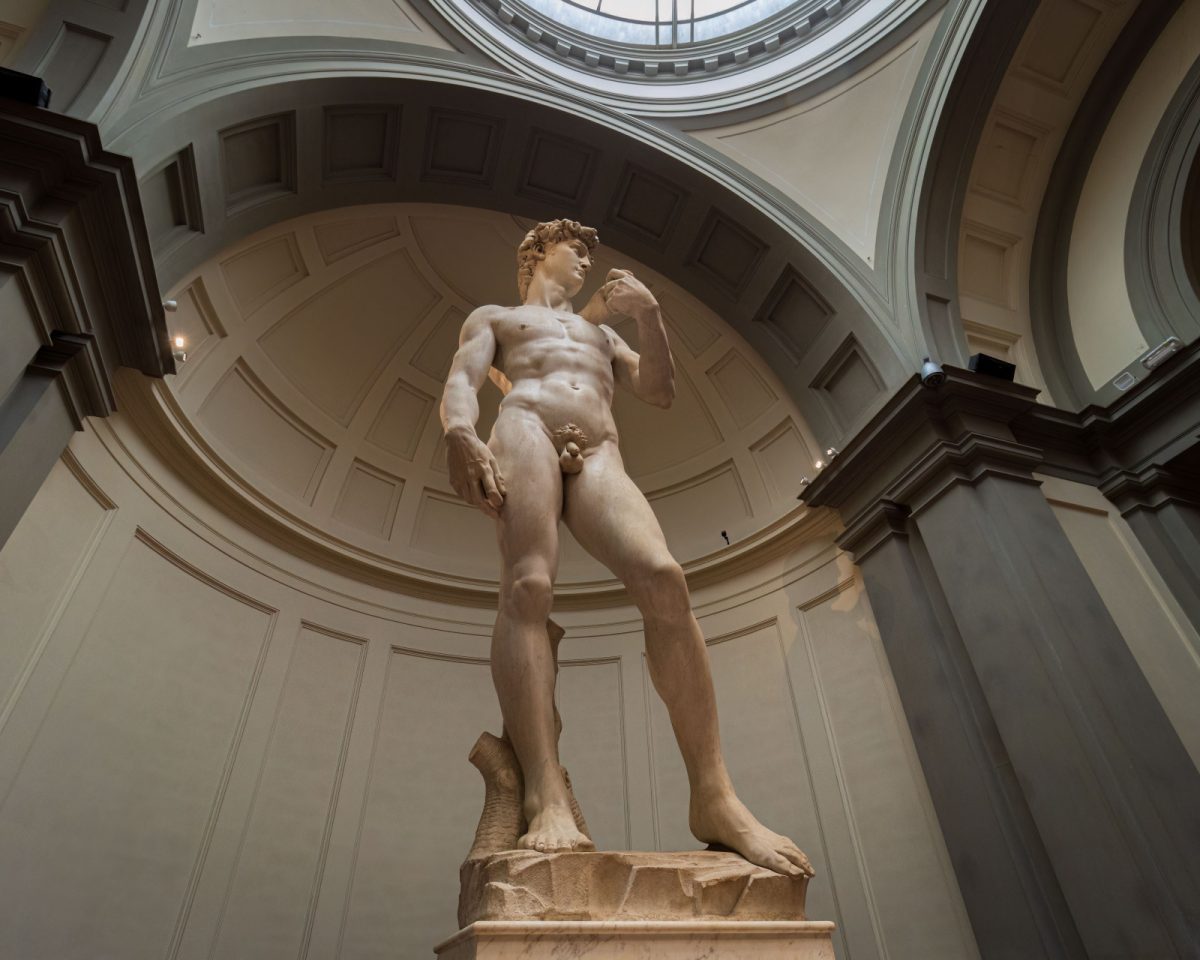
Tuscany is a treasure trove of Renaissance art. Florence’s Uffizi Gallery is the crown jewel, with works by Botticelli, Leonardo, and Michelangelo. Book tickets online to avoid long lines – they cost about €20.
The Accademia Gallery, home to Michelangelo’s David, is another must-see. But don’t overlook smaller museums in towns like Siena and Arezzo. They often have hidden masterpieces without the crowds.
I once stumbled upon a tiny church in Florence with frescoes rivaling the Sistine Chapel. That’s the magic of Tuscany—art surprises you around every corner!
Experiential Travel and Activities

Sardinia and Tuscany offer unique ways to immerse yourself in Italian culture and natural beauty. From sailing azure waters to sipping world-class wines, these regions provide unforgettable experiences.
Sailing the Sardinian Sea
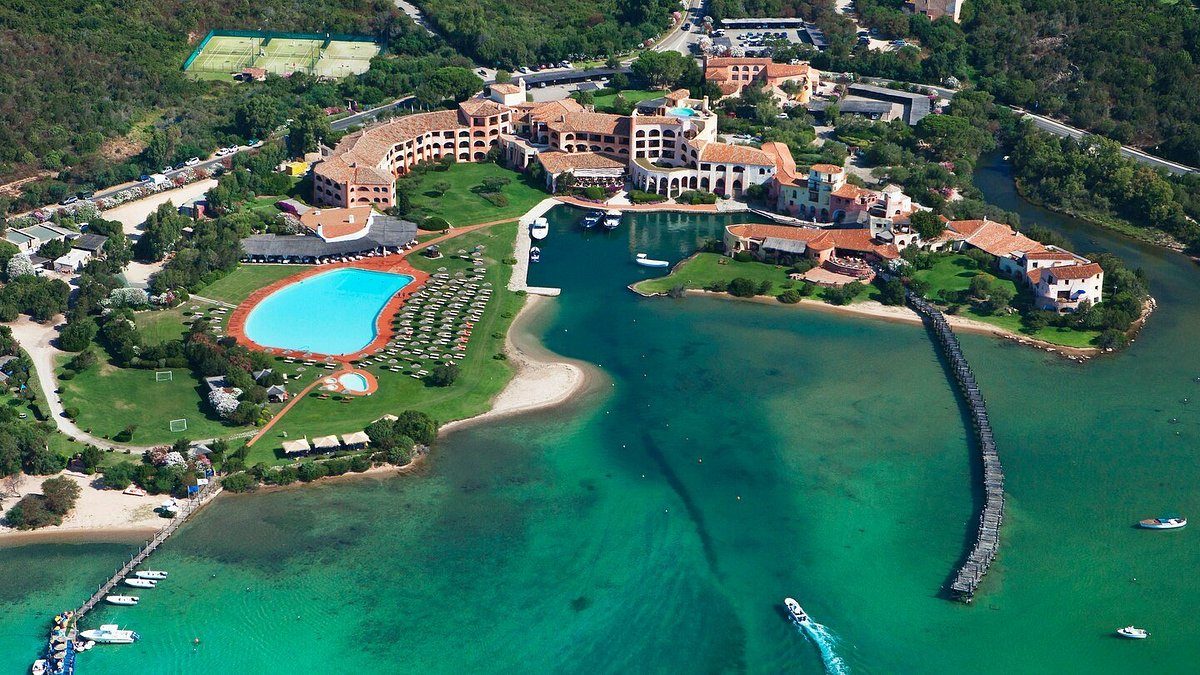
Exploring Sardinia’s stunning coastline by boat is a must. The Costa Smeralda dazzles with its emerald waters and hidden coves. You can charter a sailboat or join a group tour to discover secluded beaches only accessible from the sea.
Prices for day trips start around €100 per person. For a real treat, splurge on a multi-day sailing adventure. You’ll anchor in picturesque bays, swim in crystal-clear waters, and enjoy fresh seafood caught that day.
Don’t miss the La Maddalena archipelago. Its pink sand beaches and granite rock formations are breathtaking. Keep an eye out for dolphins playing in the waves!
Tuscan Wine Tours
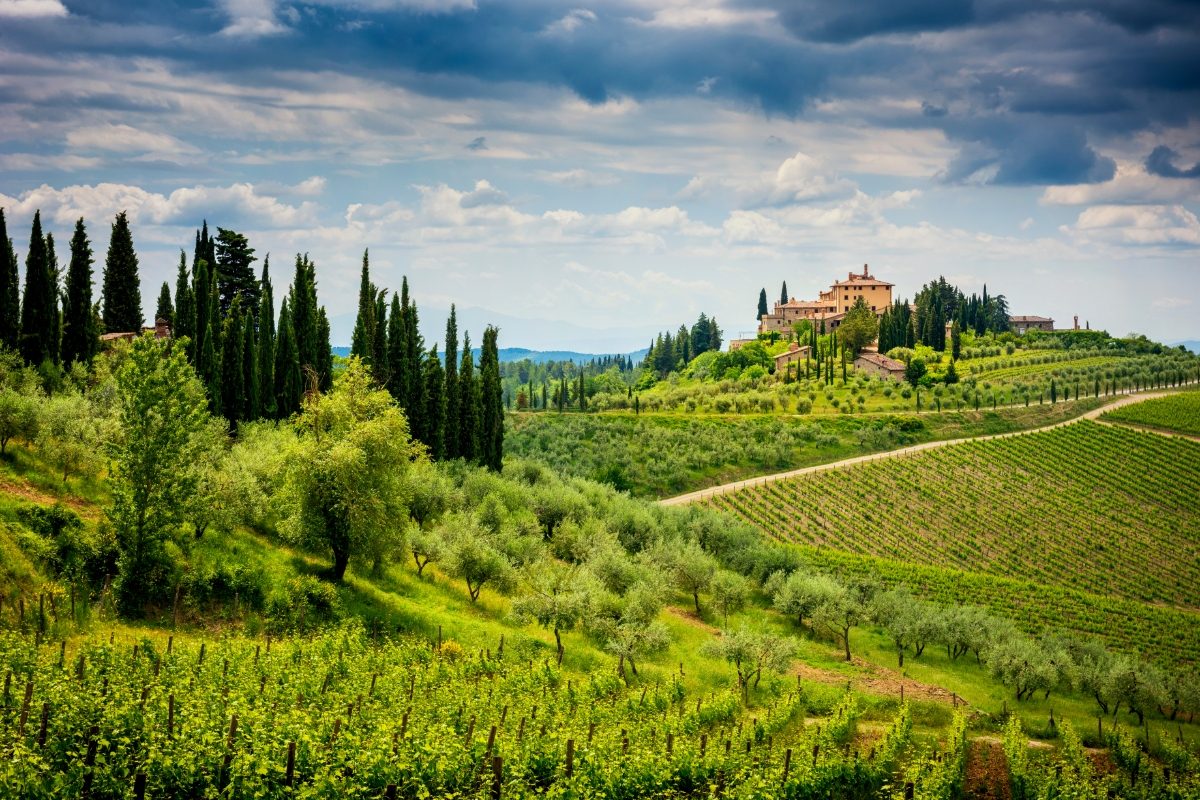
Tuscany’s rolling hills are home to some of Italy’s most famous wines. A wine tour is a must-do activity here. You’ll visit family-run vineyards, learn about winemaking traditions, and taste exceptional vintages.
Most tours include visits to 2-3 wineries and last about six hours. Expect to pay €80-150 per person. Some even offer cooking classes where you’ll prepare Tuscan specialties to pair with your wine.
The Chianti region is popular, but don’t overlook lesser-known areas like Montepulciano. Their Vino Nobile is divine.
For a unique experience, try Vernaccia di Oristano from Sardinia. This sherry-like wine is a hidden gem waiting to be discovered.
Travel Logistics
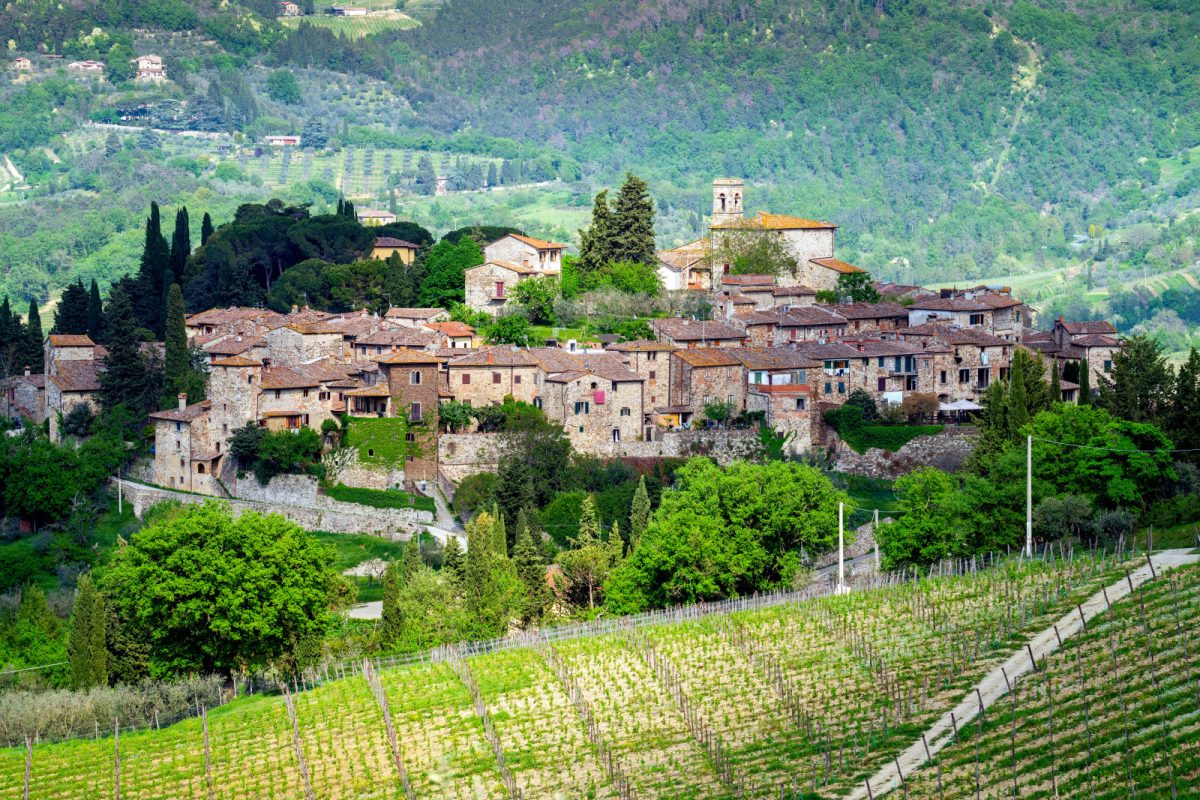
Getting around Sardinia and Tuscany requires some planning. Each region offers unique transport options that shape the travel experience.
Getting Around Sardinia

Sardinia’s rugged landscape requires a variety of transport methods. Renting a car allows you to explore hidden beaches and mountain villages.
Book early in summer – prices jump, and availability shrinks. Olbia’s airport is a good pick-up spot.
Buses connect major towns, but schedules can be limited. The narrow-gauge Trenino Verde railway offers scenic rides through the island’s interior. It’s slow but charming.
Ferries link coastal towns and nearby islands. They’re great for day trips or island-hopping adventures. Boat rentals let you discover secluded coves and pristine beaches.
Taxis are pricey, and ride-sharing apps aren’t widespread outside bigger cities. Biking is popular in flatter areas, especially along the coast.
Exploring Tuscany by Road
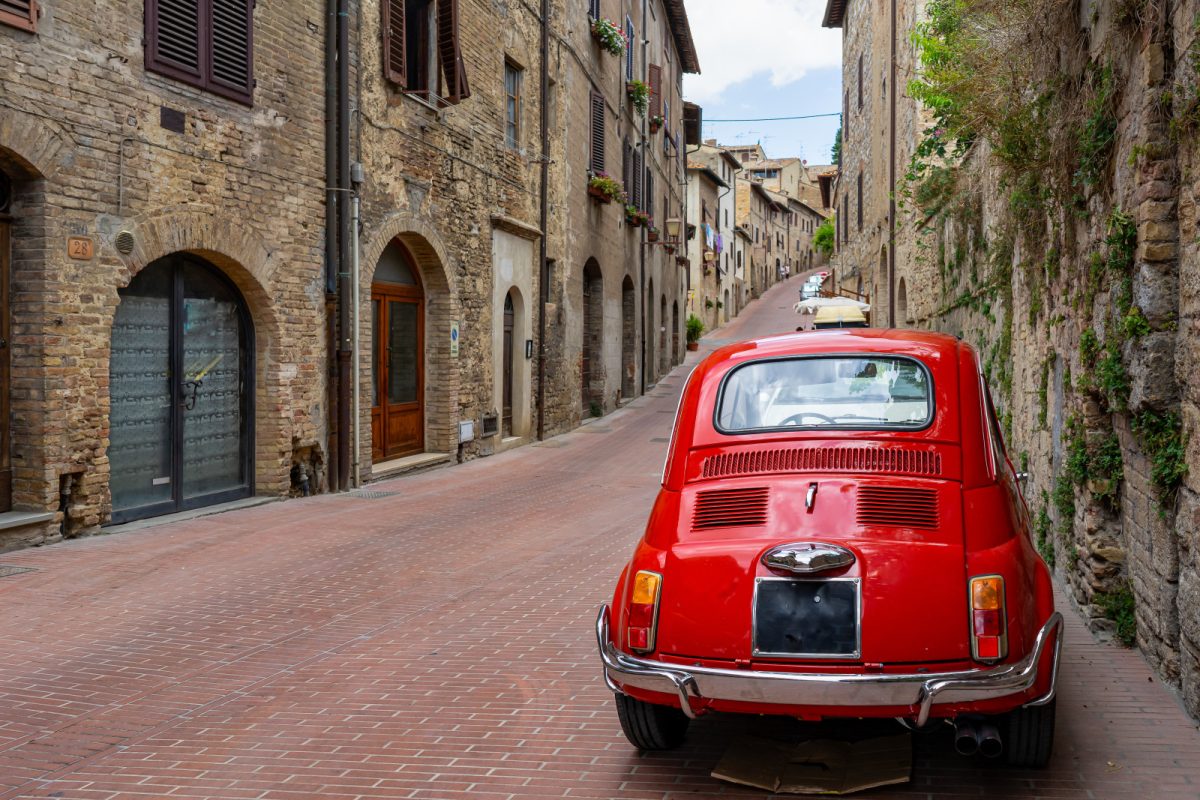
Tuscany’s rolling hills and picturesque towns make it perfect for a road trip. Rent a car in Florence or Pisa for easy access to the countryside. Stick to smaller vehicles – narrow medieval streets can be tricky to navigate.
The region’s excellent road network connects major cities and tiny villages. Autostrade (highways) are fast but have tolls. Scenic backroads wind through vineyards and olive groves, offering stunning views.
Parking can be a challenge in historic centers. Look for lots outside city walls and walk in. Many towns are car-free zones.
Train travel is a good option between cities like Florence, Pisa, and Siena. But you’ll miss out on those off-the-beaten-path spots that make Tuscany special.
Vespa rentals add a dash of Italian flair to your journey. Just be careful on winding roads! Book a hotel in Italy to serve as your home base while exploring these beautiful regions.
See Related: Tuscany by Train: Guide to Tuscany Train Stations
Frequently Asked Questions
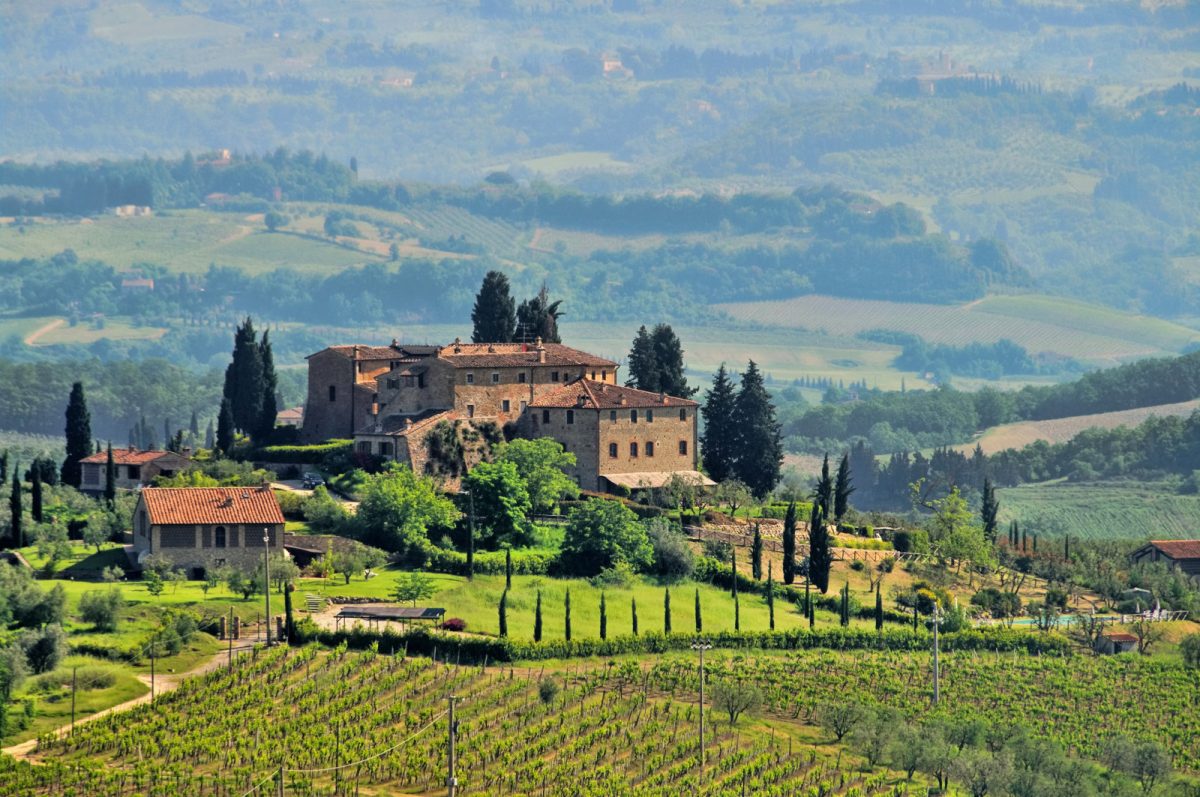
Sardinia and Tuscany offer unique experiences for travelers. Let’s explore some key differences between these two beautiful Italian regions.
What experiences set Sardinia apart from Tuscany?
Sardinia’s crystal-clear waters and pristine beaches are a major draw. Visitors can enjoy world-class snorkeling and diving in the Costa Smeralda. The island’s rugged interior is perfect for hiking and exploring ancient nuraghi stone structures.
Tuscany shines with its rolling hills and vineyards. Art lovers flock to Florence to see Michelangelo’s David and the Uffizi Gallery. Small hilltop towns like San Gimignano offer a glimpse into medieval life.
Which provides a more authentic Italian experience, Sardinia or Tuscany?
Both regions offer authentic experiences but in different ways. Sardinia feels more off the beaten path. Visitors can discover local traditions like cheese-making and weaving.
Tuscany represents the Italy many imagine in movies. Tuscan cuisine, wine, and art are famous worldwide. Locals are used to tourists but still maintain their traditions.
What are the must-visit attractions in Sardinia and Tuscany?
Don’t miss the beaches of Costa Smeralda and the historic city of Alghero in Sardinia. The Su Nuraxi di Barumini UNESCO site showcases ancient stone towers.
Tuscany’s top spots include Florence’s Duomo and Uffizi Gallery. Siena’s medieval square hosts the famous Palio horse race. The Leaning Tower of Pisa is a bucket-list favorite.
Can you compare the culinary experiences in Sardinia with those in Tuscany?
Sardinian cuisine features fresh seafood and unique pasta shapes like malloreddus. Try pecorino cheese and suckling pig. Local wines include Cannonau and Vermentino.
Tuscan food is hearty with dishes like ribollita soup and bistecca alla fiorentina. Chianti wines are world-renowned. Taste extra virgin olive oil and truffles in season.
How does the landscape differ between Sardinia and Tuscany?
Sardinia boasts dramatic coastlines with white sand beaches and turquoise waters. The interior is rugged with mountains and forests.
Tuscany is known for gently rolling hills covered in vineyards and olive groves. Cypress trees line country roads, and medieval towns perch atop hills throughout the region.
In terms of cultural heritage, how do Sardinia and Tuscany contrast?
Sardinia’s culture is influenced by its isolation. Ancient nuraghi structures dot the landscape. The island has its language and unique festivals.
Tuscany was the birthplace of the Renaissance. Art and architecture from this period are everywhere. The region’s cultural impact on Italy and the world is immense.

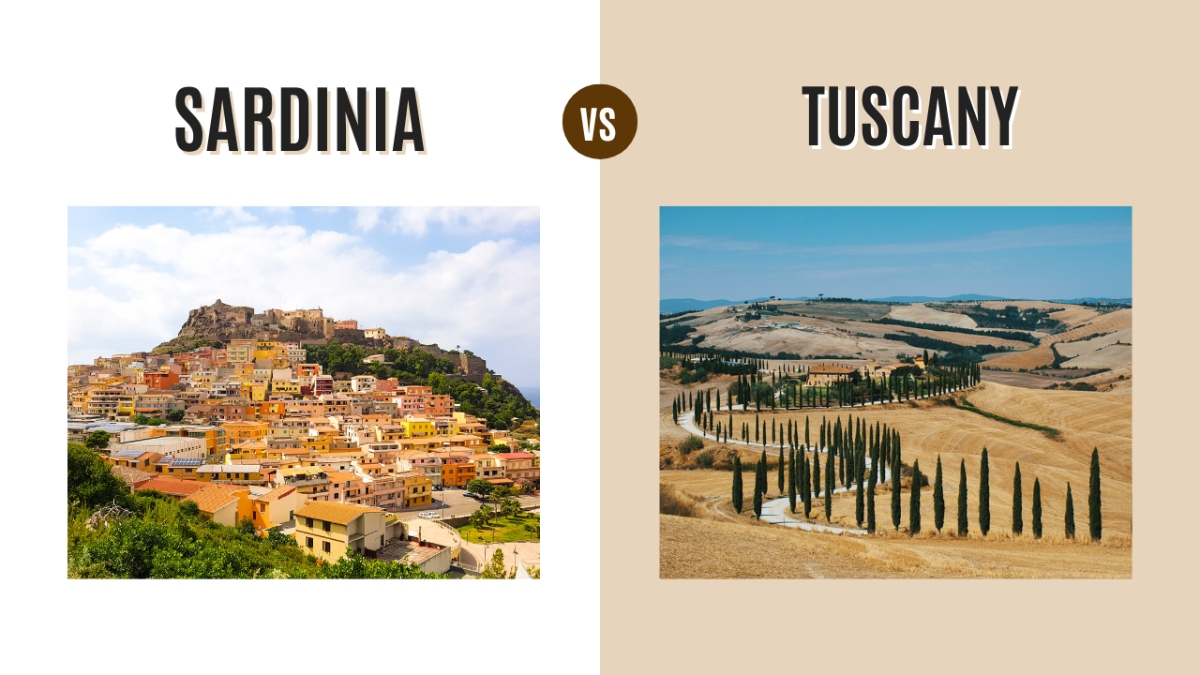
0 Comment